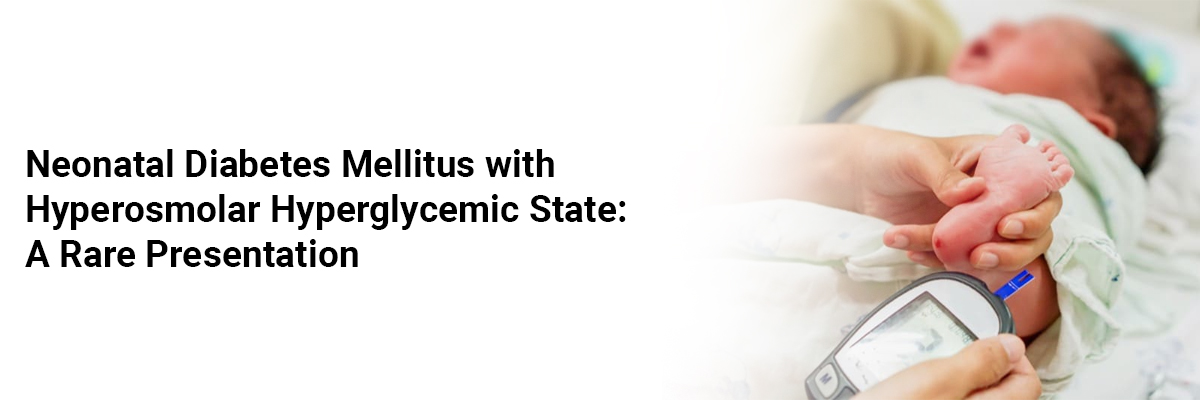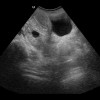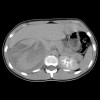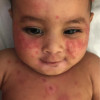
 IJCP Editorial Team
IJCP Editorial Team
Neonatal Diabetes Mellitus with Hyperosmolar Hyperglycemic State: A Rare Presentation.
A 7-week-old infant presented with fever, loose stools, vomiting, and seizures.
The boy had a family history of early-onset diabetes––in the father and maternal grandmother.
The examination and tests revealed acidotic breathing, normal hemodynamics, blood glucose of 991 mg/dL, metabolic acidosis, elevated urea, sodium, and potassium levels, and calculated effective osmolarity.
Neonatal Diabetes Mellitus (NDM) with Hyperosmolar Hyperglycemic State (HHS) was established as a confirmatory diagnosis.
The management strategy included fluid resuscitation, insulin infusion, antiseizure medications, and mechanical ventilation. Clinical and metabolic parameters improved with the cessation of intravenous fluid, initiation of subcutaneous insulin, and extubation within 48 hours.
Subcutaneous insulin was eventually discontinued as the infant remained euglycemic. Further assessments revealed elevated HbA1c and low C-peptide levels, indicative of NDM, with normal pancreas ultrasound and negative genetic testing for monogenic diabetes genes.
Follow-up until 13 months demonstrated normal development, blood sugar values, and HbA1c of 6%.
Neonatal Diabetes Mellitus (NDM), a rare disorder in infants under 6 months, results from mutations in genes affecting pancreatic beta-cell function. Elevated HbA1c and low C-peptide levels suggest NDM, with some cases responding to oral sulfonylureas – underscoring the importance of genetic testing. Hyperosmolar Hyperglycemic State (HHS) is a rare complication of NDM characterized by high blood sugar, mild acidosis, low ketones, and high osmolarity, managed with fluid resuscitation and insulin. Pathogenic mutations may be positive in around 50–60% of cases. NDM can be transient, with remission within 1–18 months and potential relapse in childhood or adulthood.
Source: Vyasam S, Singh B, George A, Rajangam M, Dayal D, Angurana SK. Indian Journal of Pediatrics. 2023 Nov;90(11):1155-.

IJCP Editorial Team
Comprising seasoned professionals and experts from the medical field, the IJCP editorial team is dedicated to delivering timely and accurate content and thriving to provide attention-grabbing information for the readers. What sets them apart are their diverse expertise, spanning academia, research, and clinical practice, and their dedication to upholding the highest standards of quality and integrity. With a wealth of experience and a commitment to excellence, the IJCP editorial team strives to provide valuable perspectives, the latest trends, and in-depth analyses across various medical domains, all in a way that keeps you interested and engaged.




















Please login to comment on this article